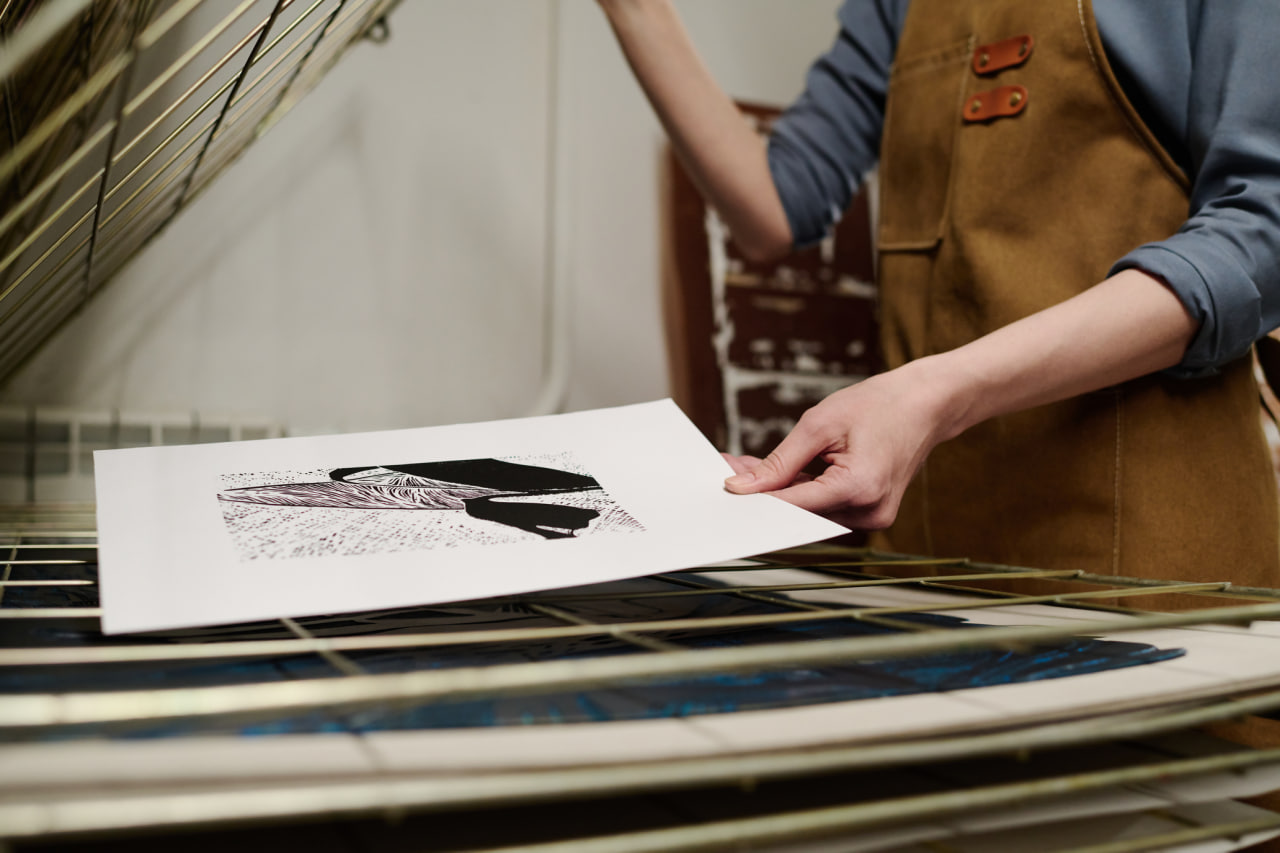Etching is one of the most fascinating and rewarding forms of artistic printmaking. Combining precision, creativity, and patience, etching allows artists to create intricate designs and reproduce them multiple times with remarkable detail. Whether you are a beginner exploring this craft or an experienced artist looking to refine your skills, understanding the tools, techniques, and tips of etching is essential for success.
Understanding Etching and Its Appeal
Etching is a process in which an artist incises a design onto a metal plate, usually copper or zinc, using acid. The etched lines hold ink, which is then transferred to paper through a press, creating a detailed print. This technique has been used for centuries by master printmakers to produce works that combine technical skill with artistic expression.
Artists are drawn to etching for its ability to create delicate lines, intricate textures, and layered compositions. Unlike painting or drawing, etching allows for multiple copies of the same work, each reflecting the artist’s intent while maintaining unique qualities.
Essential Tools for Etching
A successful etching requires the right tools. The primary materials include:
- Etching Plates – Metal plates, typically copper or zinc, that serve as the canvas for your design.
- Grounds – A protective coating, usually wax or resin-based, applied to the plate to resist acid in areas you want to remain untouched.
- Etching Needles – Sharp tools used to draw through the ground and expose the metal beneath.
- Acid Bath – A carefully controlled solution that etches the exposed lines into the plate.
- Inks and Rollers – Special oil-based inks are applied to the etched plate and carefully wiped to leave ink only in the grooves.
- Printing Press – A press transfers the ink from the plate to paper under pressure, creating the final print.
Familiarity with these tools is crucial. Each element contributes to the quality of the final print and influences how an artist approaches the etching process.
Basic Etching Techniques
There are several foundational techniques every beginner should know:
- Line Etching – Creating clean, precise lines to form the main structure of the design.
- Cross-Hatching – Building tonal variation and texture through intersecting lines.
- Aquatint – Using powdered resin to create subtle shading and tonal effects.
- Drypoint – Incising directly into the metal without acid to produce soft, rich lines.
Mastering these techniques takes practice and patience, but learning to combine them effectively allows for greater creative expression.
Tips for Beginners
For those starting in etching, there are several tips that can make the learning process smoother:
- Start Small – Begin with smaller plates and simple designs to understand the mechanics before attempting complex compositions.
- Practice Plate Handling – Learn to prepare, clean, and store plates correctly to prevent damage and ensure consistent results.
- Control Acid Exposure – Timing in the acid bath is critical. Test different durations to understand how depth and line thickness are affected.
- Experiment with Inking – Wiping, rolling, and layering ink can produce different textures and effects. Practice to find your preferred technique.
- Keep a Sketchbook – Plan designs carefully and experiment on paper before etching the plate. This reduces mistakes and improves composition.
Safety Considerations
Etching involves materials like acids, solvents, and metal plates that require careful handling. Always work in a well-ventilated area, wear protective gloves and eyewear, and follow proper disposal procedures for chemicals. Safety is as important as creativity in producing successful and sustainable etchings.
The Joy of Printmaking
Etching is more than a technical process—it is a form of artistic discovery. The tactile experience of incising a plate, the anticipation of seeing the first print, and the satisfaction of creating multiple impressions all contribute to the unique joy of printmaking. Each etching is a blend of skill, experimentation, and personal expression.

